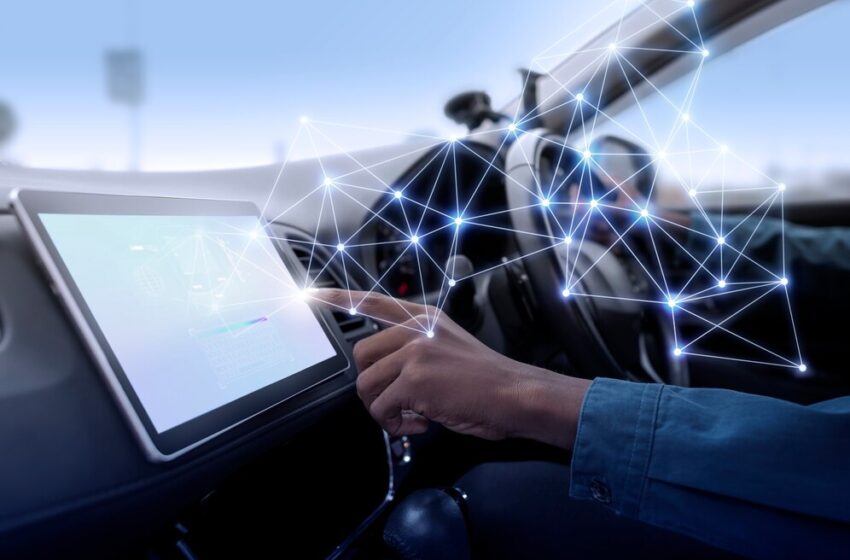Economic Implications of Autonomous Vehicles on Urban Development and Public Transit Systems

The advent of autonomous vehicles (AVs) is poised to revolutionize urban landscapes and public transit systems, heralding significant economic implications for cities worldwide. As this technology transitions from prototype to public roads, understanding its potential impact on urban development and public transportation is crucial for policymakers, urban planners, and the public. This article explores the economic ramifications of autonomous vehicles on city development and public transit systems, integrating key insights and data-driven analysis.
Enhancing Urban Mobility and Efficiency
Autonomous vehicles promise to enhance urban mobility by reducing traffic congestion, a perennial challenge in many cities. By optimizing routes and facilitating smoother traffic flow, AVs can significantly decrease the time and economic costs associated with congestion. The potential for AVs to operate efficiently in close proximity to one another could also increase road capacity, further mitigating traffic bottlenecks.
Transforming Public Transit Systems
The integration of autonomous vehicles into public transit systems offers the potential to transform urban mobility. AVs can provide flexible, on-demand transportation services, filling gaps in existing public transit networks. This could lead to a more personalized public transportation experience, potentially increasing public transit usage and decreasing reliance on personal vehicles.
Economic Growth and Job Creation
The development and deployment of autonomous vehicles are expected to spur economic growth and job creation in the tech and automotive sectors. Investment in AV technology can drive innovation, fostering new businesses and services related to autonomous vehicle maintenance, software development, and cybersecurity. However, this shift may also disrupt existing jobs in transportation and logistics, highlighting the need for workforce retraining and education programs.
Impact on Urban Development and Land Use
Autonomous vehicles could significantly impact urban development patterns and land use. Reduced need for parking spaces, given the ability of AVs to circulate rather than remain idle, could free up valuable urban land for other uses, such as green spaces, housing, and commercial development. This shift offers a unique opportunity to rethink urban design and create more livable, sustainable cities.
Challenges and Considerations
While the benefits of autonomous vehicles are significant, there are also challenges and considerations that must be addressed. These include ensuring the safety and reliability of AV technology, protecting against cybersecurity threats, and addressing ethical and legal issues related to liability and privacy. Moreover, the transition to autonomous vehicles requires substantial investment in infrastructure and regulatory frameworks to support their integration into urban environments.
Conclusion
The economic implications of autonomous vehicles on urban development and public transit systems are profound and multifaceted. As cities adapt to this emerging technology, the potential for improved urban mobility, economic growth, and more efficient land use is significant. However, realizing these benefits while navigating the challenges posed by AVs will require coordinated efforts among policymakers, industry leaders, and communities. By embracing innovation and forward-thinking urban planning, cities can harness the potential of autonomous vehicles to create more efficient, sustainable, and livable urban environments.
(Nominate Now: Join us to spotlight your achievements! Be part of the elite in the business and finance community. Exciting opportunities await!)







